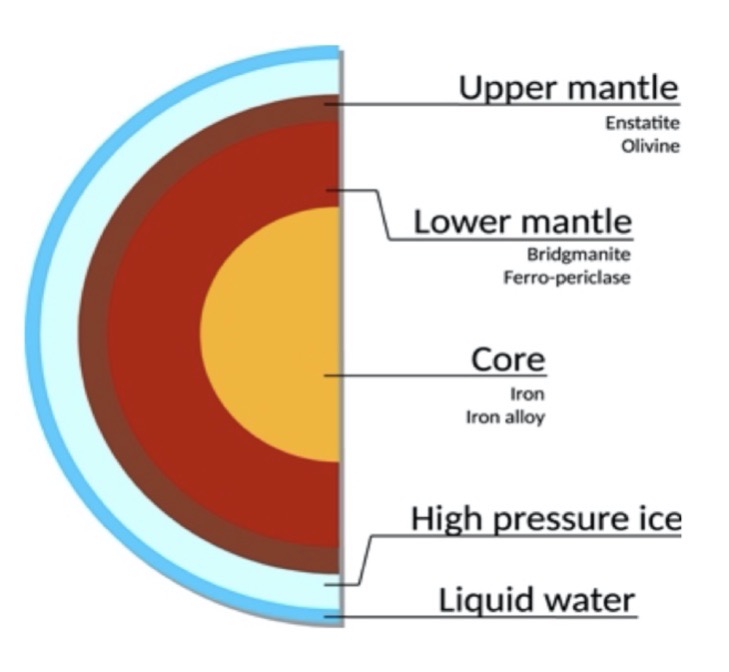- Aix-Marseille Univ., CNRS, CNES, LAM, Marseille, France (lorena.acuna@lam.fr)
Low-mass exoplanets, including rocky planets, might present atmospheres that are massive enough to be detected by JWST in transmission or emission spectroscopy. The first assessment of the observability of their atmosphere is based on their density, which is determined by their bulk composition and irradiance conditions. Interior models can be used in synergy with atmospheric models to get a first estimate of the possible atmospheric properties, including their surface pressure and temperature. In this work, we present a self-consistent interior-atmosphere model that retrieves the planetary internal composition, and generates spectra simultaneously. This allows us to assess the observability and predict spectra based on planetary mass, radius, and optionally, stellar abundances. We apply this model to derive the expected output with JWST for TRAPPIST-1 c and 55 Cnc e, which are two rocky planets proposed for observation that are suspected to have high-molecular weight atmospheres.

Figure 1: internal layers of our interior structure model. In the interior structure model for highly-irradiated planets, the ice VII and liquid water layers are substituted by a supercritical water layer.
How to cite: Acuna Aguirre, L., Deleuil, M., and Mousis, O.: Interior-atmosphere modelling of JWST rocky planets, Europlanet Science Congress 2022, Granada, Spain, 18–23 Sep 2022, EPSC2022-380, https://doi.org/10.5194/epsc2022-380, 2022.

